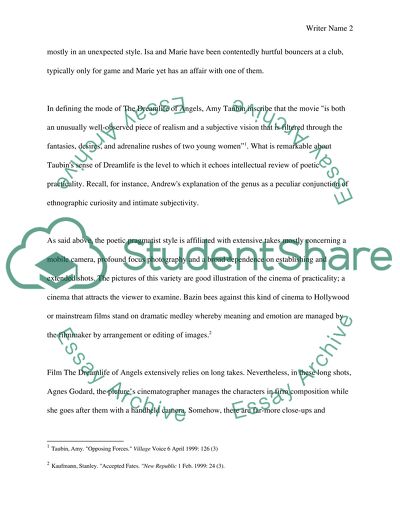Cite this document
(“French Film and Culture: The Dream life of Angels Essay”, n.d.)
French Film and Culture: The Dream life of Angels Essay. Retrieved from https://studentshare.org/visual-arts-film-studies/1574387-french-film-and-culture-the-dream-life-of-angels
French Film and Culture: The Dream life of Angels Essay. Retrieved from https://studentshare.org/visual-arts-film-studies/1574387-french-film-and-culture-the-dream-life-of-angels
(French Film and Culture: The Dream Life of Angels Essay)
French Film and Culture: The Dream Life of Angels Essay. https://studentshare.org/visual-arts-film-studies/1574387-french-film-and-culture-the-dream-life-of-angels.
French Film and Culture: The Dream Life of Angels Essay. https://studentshare.org/visual-arts-film-studies/1574387-french-film-and-culture-the-dream-life-of-angels.
“French Film and Culture: The Dream Life of Angels Essay”, n.d. https://studentshare.org/visual-arts-film-studies/1574387-french-film-and-culture-the-dream-life-of-angels.


